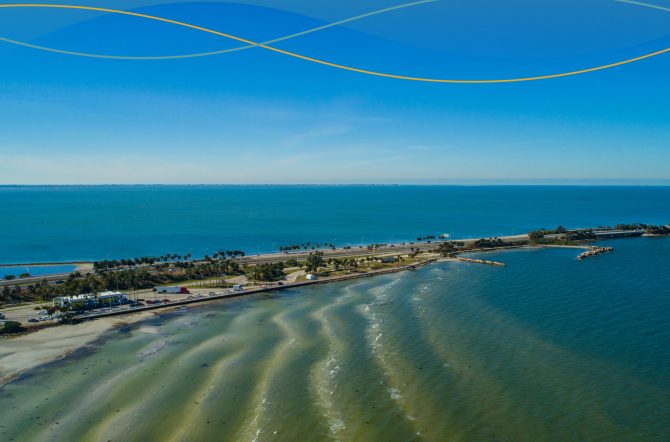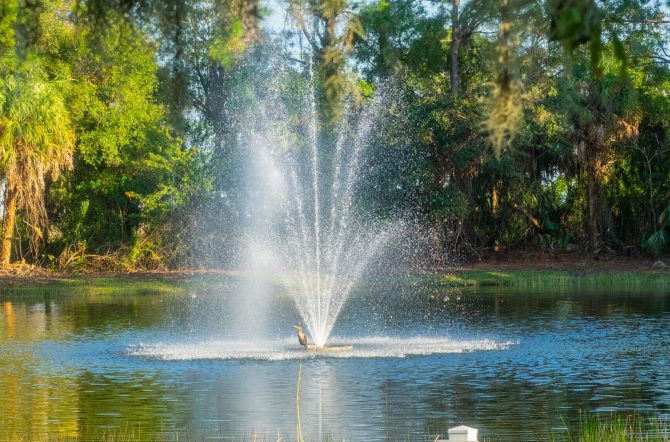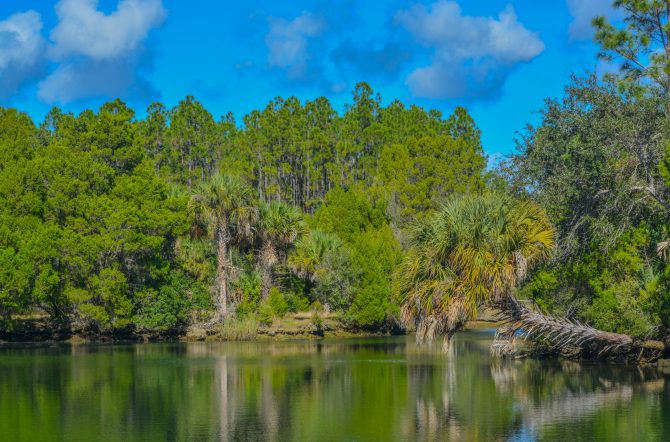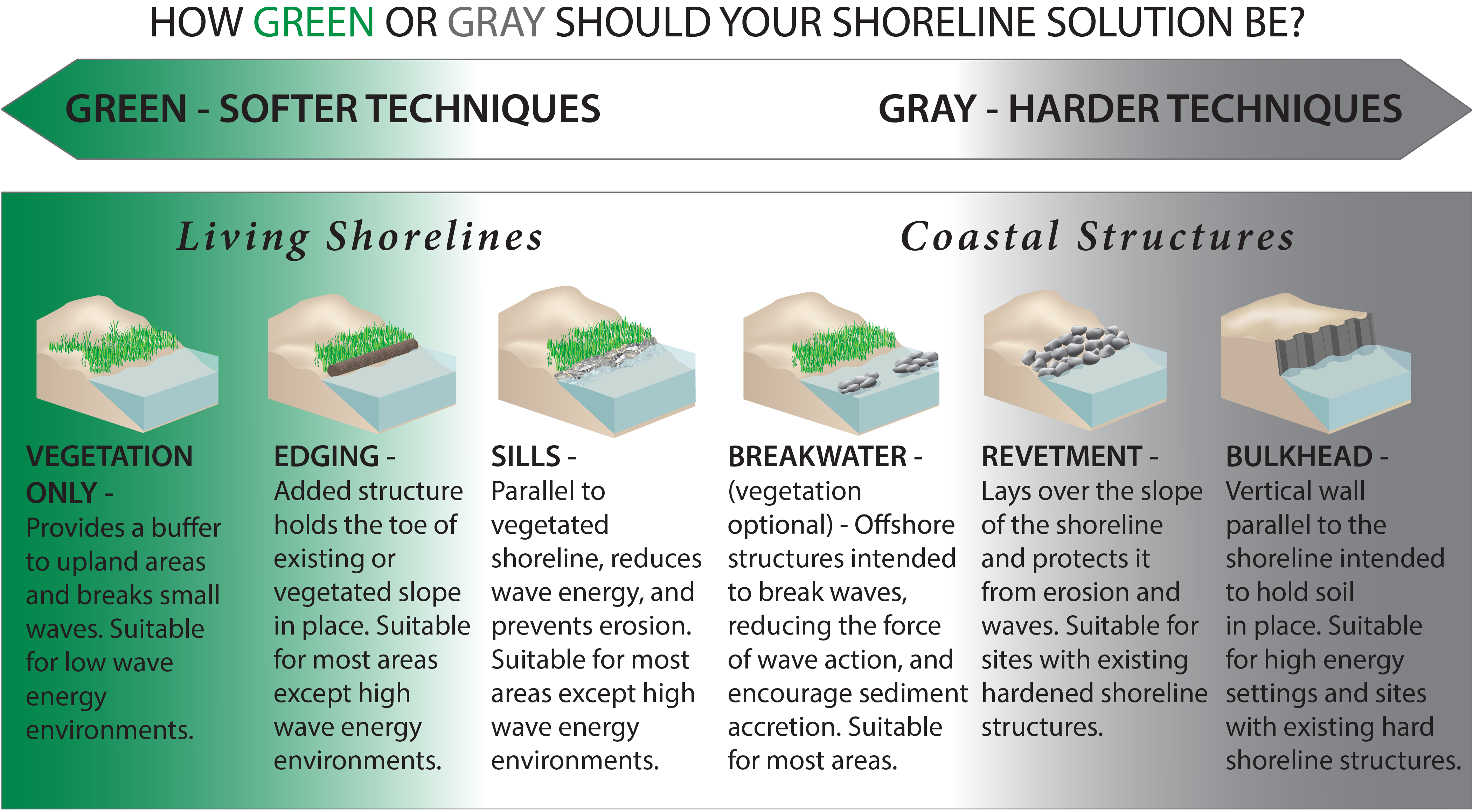Considering scenarios that once seemed unthinkable feels like a daily exercise in 2020 — so much so that in the wake of a globe-sweeping pandemic, nationwide civic unrest and wildfires smoldering the length of the Pacific coast — it’s understandable, this fall, that even the most storm-seasoned Floridians may on some days forget we sit neatly at the annual hurricane season halfway-mark. So far, we’ve been lucky.
But what happens when a natural disaster blacks out entire regional power grids — such as the case of lower Manhattan in the wake of Hurricane Sandy in 2012, or the devastating Hurricane Maria, which left civic infrastructure in tatters across the island of Puerto Rico in 2017? What happens when backup generators fail in hospitals; when ventilators fall silent in critical care units, when air conditioning systems cease to function in nursing homes and shelters, and when the refrigeration systems holding life-saving medicines begin to thaw during a long term power outage?
